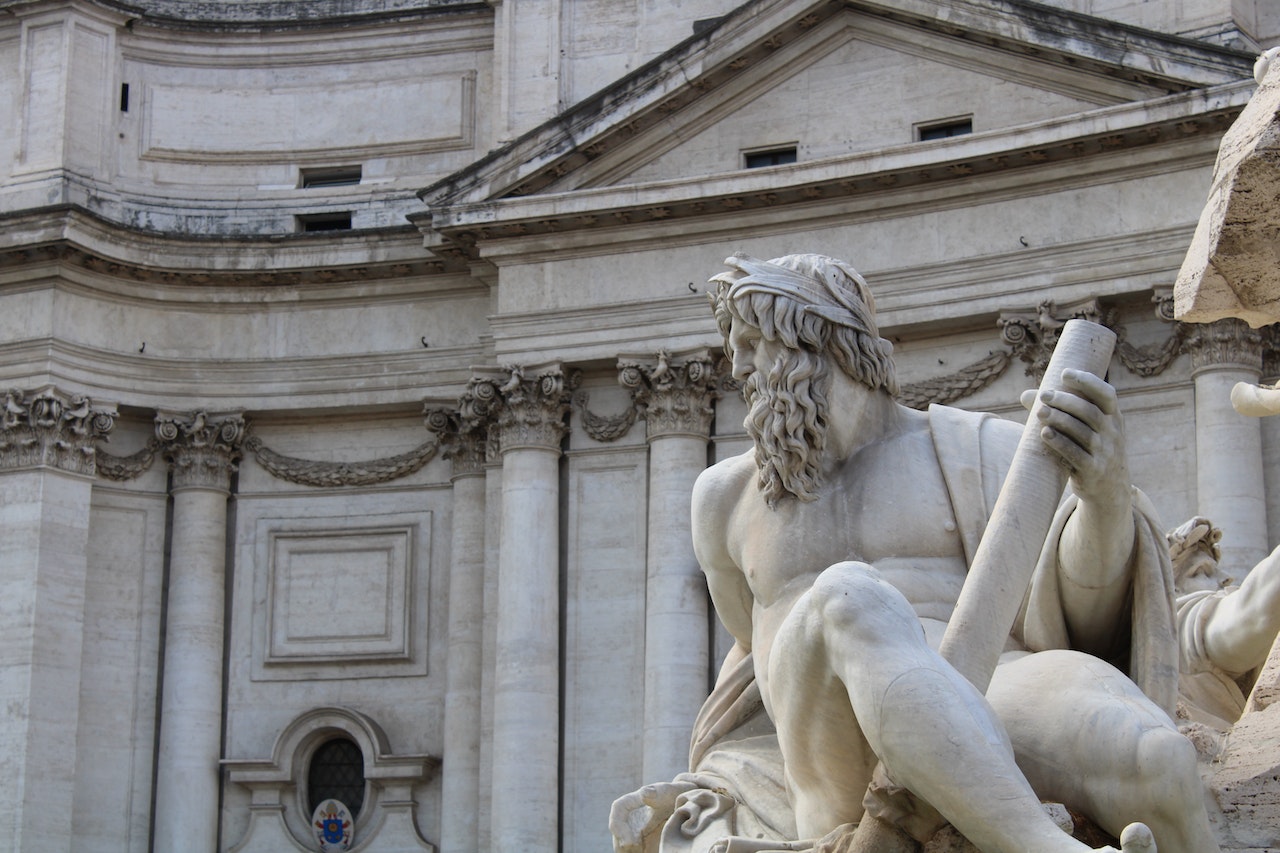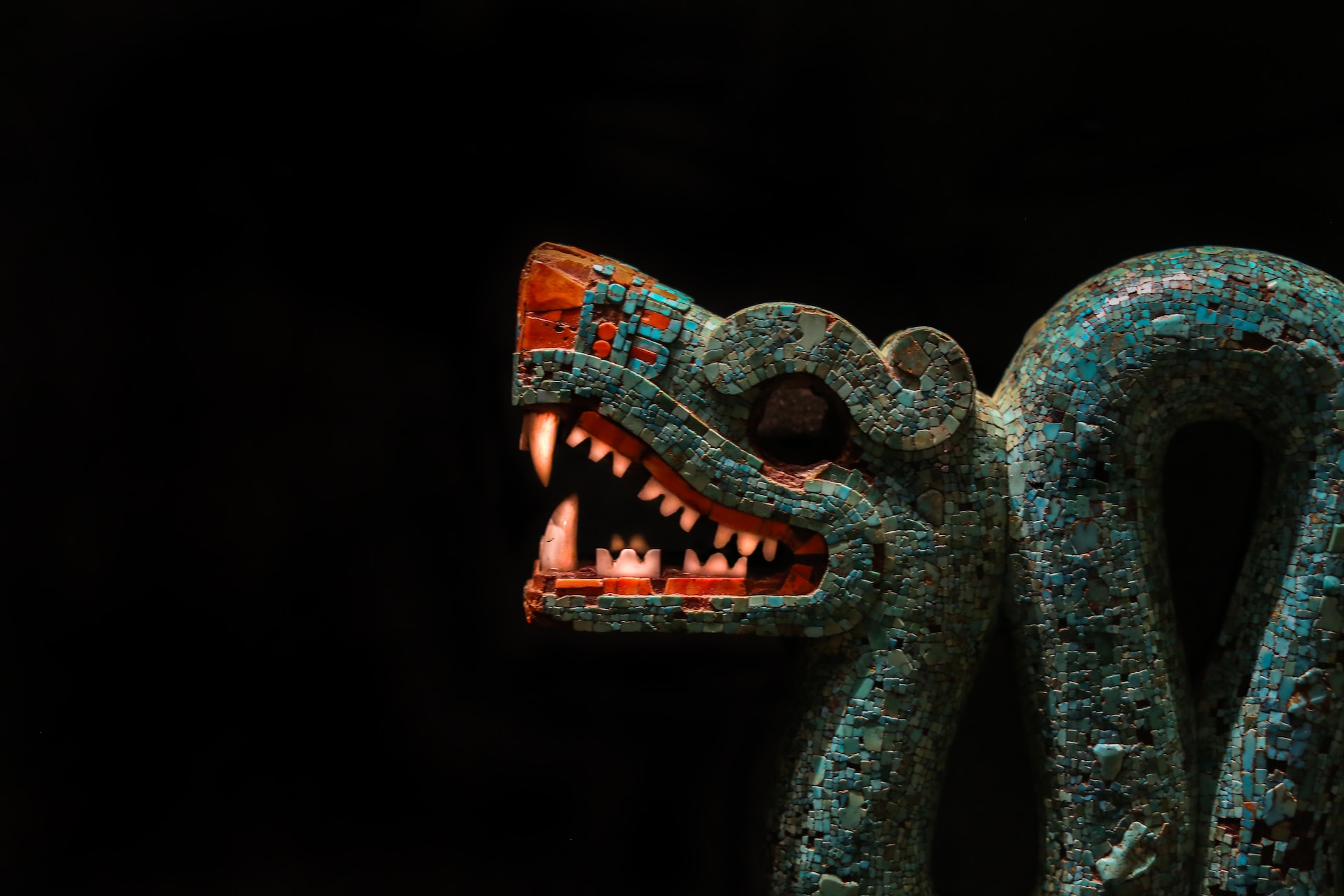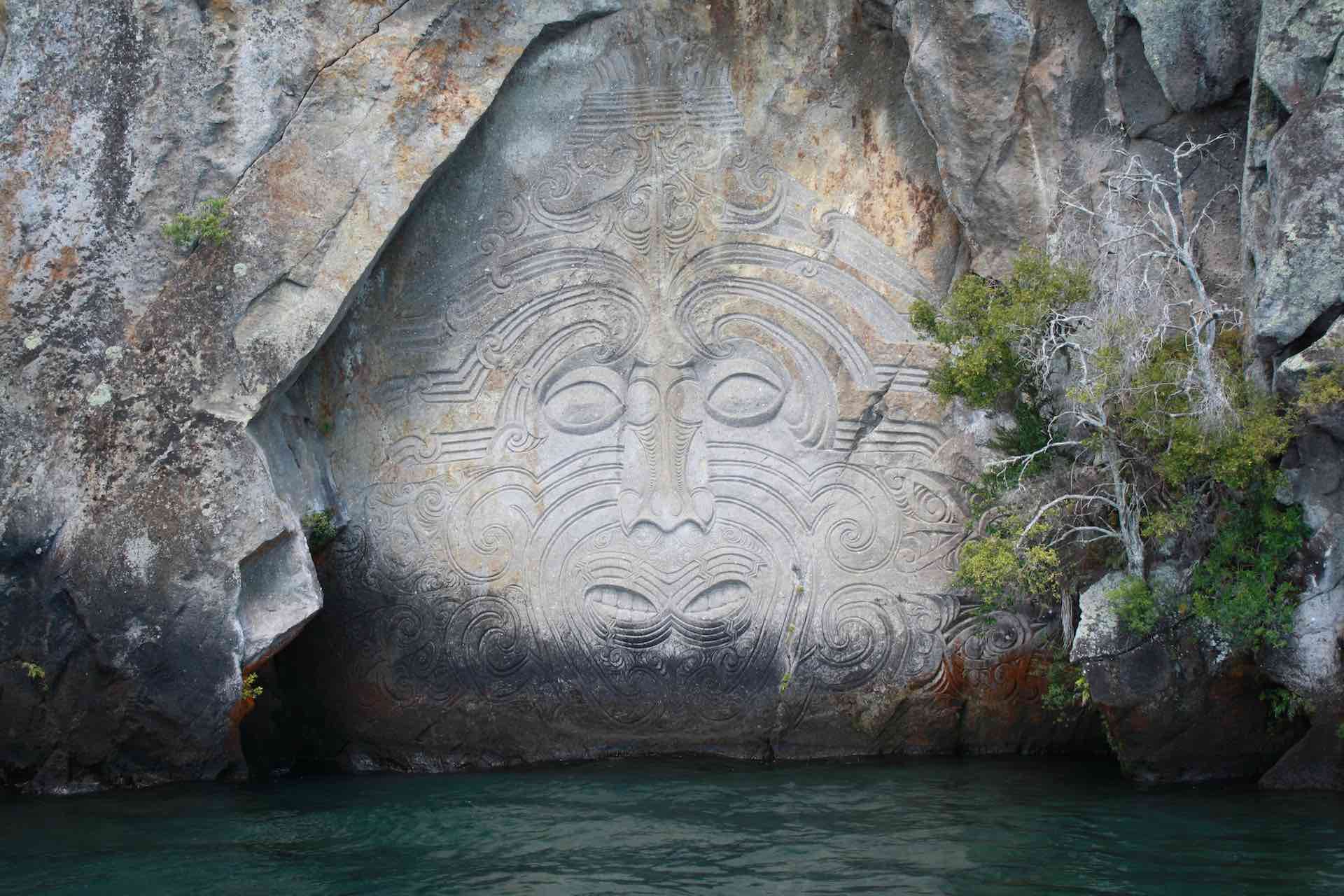We think you’ll also like: these spring festivals have uniquely fascinating histories
Zeus

Thor

For ancient Scandinavians, the sound of thunder was often attributed to Thor’s hammer striking the heavens, while lightning bolts were the sparks from its impact.
Though the Norse gods have their origins in pre-Roman times, the cult of Thor was at its height during the Viking era, when the fierce warriors looked to Thor for victory in battle.
Save for later: Legends of the fjords: discover Norway’s viking connections
Tlaloc

Tlaloc’s distinctive features – big eyes and even bigger fangs – were found on almost every item Aztec visual culture produced, from giant stone statues to jade pottery and death masks. Later, when Spanish colonists arrived, Tlaloc made his way onto colorful codexes.
Lono

During this four-month period, all unnecessary work was stopped, communal fun was encouraged and offerings were made to Lono to ensure bountiful crops. Today, the Aloha festivals on the Hawaiian islands pay homage to Makahiki.
Discover the three main islands of Hawaii on this lush itinerary
Sol

The worship of Sol as one of the main Roman gods began during the later stages of the Roman Empire, culminating in the establishment of Sol Invictus, an imperial cult whose name translates to “the Unconquered Sun.” Emperor Aurelian, in the 3rd century AD, elevated Sol Invictus to the position of a state god, emphasizing his importance as a unifying and triumphant force in the midst of the declining empire’s many challenges.
The Rainbow Serpent

The most common depictions of the Rainbow Serpent are found on warm-hued Aboriginal Australian rock art – some of which are up to 6,000 years old. In West Arnhem Land, you can see a vivid piece of rock art containing a 6-meter Rainbow Serpent baring its teeth.
Tāwhirimātea

Ranginui and Papatūānuku always lay closely together, but in order to let light into the world, Tāwhirimātea’s six brothers split them apart. Tāwhirimātea was not happy, unleashing fierce winds and rains to show his displeasure. He defeated all but one brother: Tūmatauenga, the god of war and human activities. The battle between weather and humankind still rages on.
Indra

Discover the iconic sights of India and Nepal on: Classic India with Nepal
You may also enjoy reading about the female Sherpa who conquered Everest – three times
Thunderbird

Certain tribes revered the Thunderbird as a deity, capable of producing either good rains or terrifying hurricanes, while other tribes saw it as a powerful but otherwise ordinary member of the animal kingdom. Either way, the Thunderbird continues to star in time-honored tales and feature on Native American art.
Explore the healing power of Canada’s great outdoors with a Cree Iroquois destination expert




